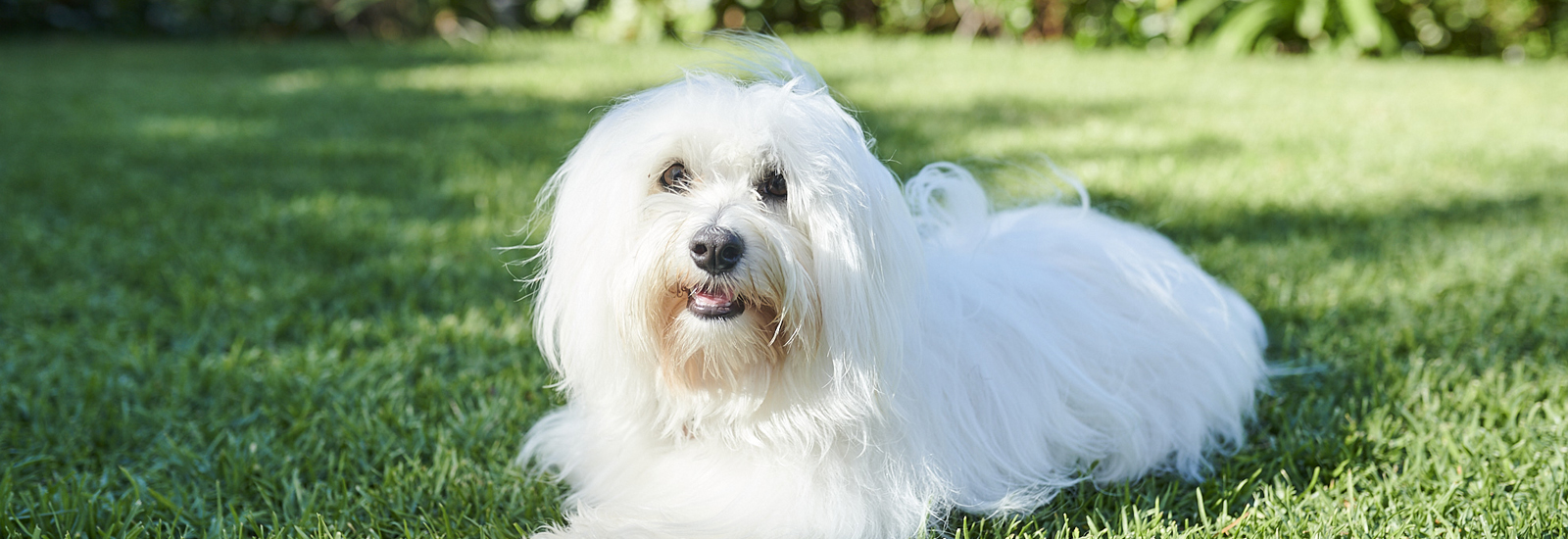As the owner, you are generally the first to notice when your dog shows signs of illness. These can manifest, for example, as unusual behaviour, a reduction in food consumption or a change in appearance.
Any signs you may notice do not necessarily mean your dog is unwell but you should be vigilant. Many illnesses begin with inconspicuous symptoms. If you examine your dog more closely, you have a good chance of discovering signs of illness in good time and getting treatment at an early stage.
Signs of illness in dogs
Checking your dog regularly
The best way to check your dog is to examine it systematically, following a specific order. If you examine your pet regularly, paying attention to the following points, you will know their normal state and can then quickly identify changes. Furthermore, your dog will then be used to the checks and will be more willing to be examined even if in pain.
How to check your dog:
- How is the dog’s behaviour, outer appearance, and how is the dog moving?
- Are the ears, eyes, nose and mouth and surrounding areas free from secretions and impurities?
- Are the conjunctiva of the eyes reddened? Is the pupil clear?
- Use gentle pressure to open the mouth and check the colour and blood flow of the mucosa. Does your dog have any swellings?
- Feel the neck, chest and stomach, and be aware of any knots, swellings or changes in the fur.
- Is the abdominal wall tense and does the animal shows signs of pain if you press gently?
- Feel all the limbs as well, one after the other. Joint complaints in particular manifest as pain, swelling, or hot areas.
- Check the anal and genital area for redness, tenderness, impurities.
- Using a standard thermometer you can measure the rectal temperature to check the dog’s body temperature.
In certain illnesses there will be change in water and food consumption. If you check these points regularly, you will soon have a feel for your dog and will be able to provide the vet with useful information if the dog becomes unwell.
